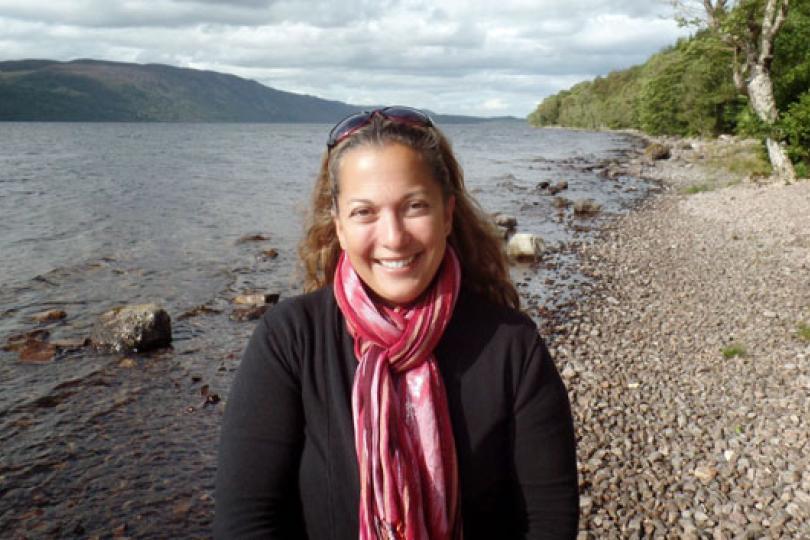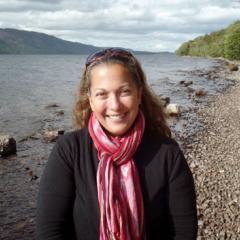Amber Pairis: Regional alliances forge ahead on climate change adaptation
Editor's note: The following article first appeared on AAAS's How We Resopnd project website. You can read the full story there. The Robert and Patricia Switzer Foundation supported Amber's early work with the Climate Science Alliance.
Some climate-related projects start local and stay local – but in other cases, there may be an opportunity to expand the initiative to broader scales.
While working as a senior scientist for the California Department of Fish and Wildlife-in 2015, Amber Pairis did exactly that. Over the course of just four years, she brought together more than 280 organizations, agencies, and groups of people keen to address climate change adaptation. While they initially formed a climate science alliance specific to the south coast of California, they have since expanded and now are involved in projects at a more national level as well, as the Climate Science Alliance.
Pairis says she saw the need for local experts and stakeholders to work together to achieve their common goals at a regional level and wanted to create space “where everyone could come to the table and have a voice.” Her hard work resulted in a collaborative team of researchers, managers, leaders, community members, NGOs, businesses, artists, and educators that continues to grow exponentially.
“There are so many great efforts out there and I wanted the Alliance to be a place where we could support and promote those efforts, but also weave them together when appropriate to have a bigger impact together than alone,” she explains.
To set her plans in motion, Pairis began reaching out to numerous existing groups to form the alliance. Early on, the coalition began building unique partnerships and projects, including one initiative where seven climatologists and seven ecologists volunteered to create a regional report on the state of climate science and impacts to ecosystems in the south coast of California.
“This was a project that came together with no money and no mandate,” Pairis says. “These researchers committed their time because they believed that we needed to know where we stood – what we knew and what we didn’t know – to really identify those research gaps in a useful way.”
Their efforts resulted in a detailed, highly tailored 140-page report on how ecosystems and local communities in southern California are being affected by climate change events – such as increasing temperatures, decreases in spring and summer precipitation, and more prevalent wildfires – and what the impacts may be down the road. This technical report was included as part of California’s 4th Climate Assessment, and a condensed and easily accessible version of the report was created for natural resource managers and conservation planners.
Since then the Alliance has hosted many regional meetings (including ones specifically for Indigenous people), educational workshops and networking events. At many of their workshops, members of the Alliance show participants how to incorporate climate change goals into their existing projects. Workshops are adapted for different audiences, whether it be a high school science class, public agencies, or other professionals.
To raise awareness of regional climate change issues in southern California, the Alliance created a pocket guide of climate change impacts in the region along with a set of actions that anyone can take to minimize climate impacts on local wildlife.
“The whole premise behind this was that we wanted everyone to have access to the information, regardless of whether they are engaged on the topic or not. Individuals who may or may not have a science background can understand what climate change means for where they live and that they are part of the climate change solution.,” Pairis explains. “These climate change pocket guides are in every library in the county, in English and Spanish.”
Such a huge group with many diverse goals and initiatives requires a high level of coordination. As the alliance grew in size, three subcommittees were created to specialize in different aspects of the alliance’s mission: the “Green Team” focuses on opportunities for innovative community engagement, the “Blue Team” focuses on building capacity to support local decision-making, and the “Orange Team” works to build resilience by coordinating actions across organizations.

